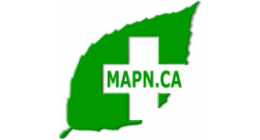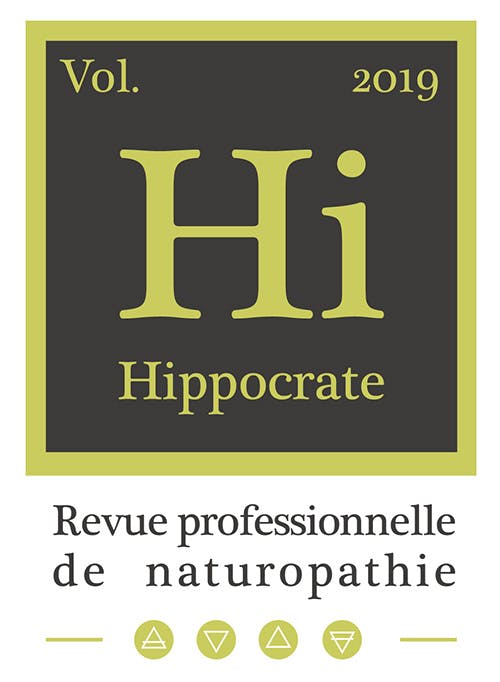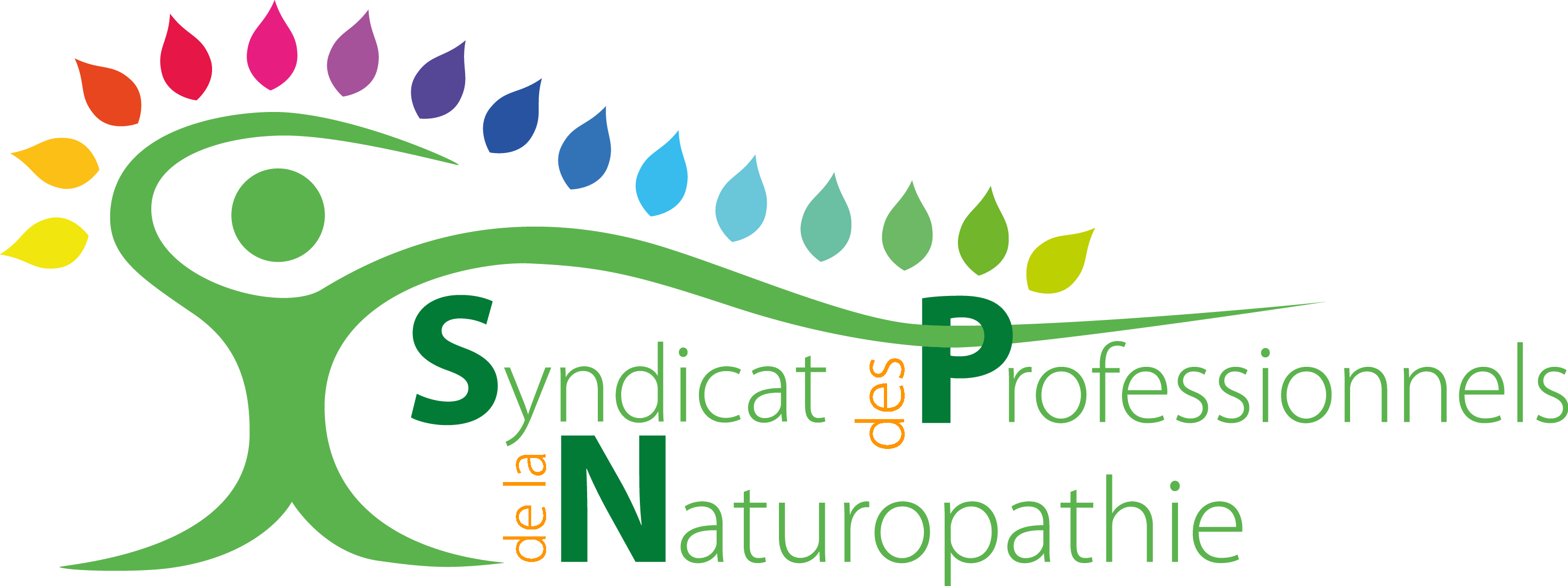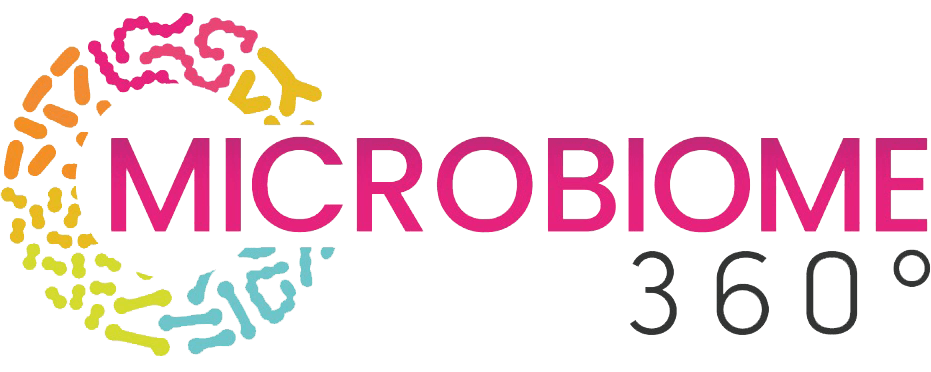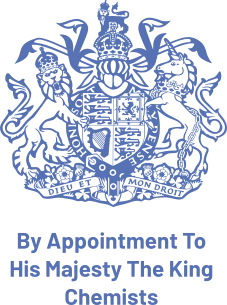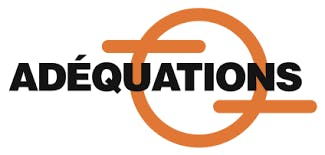Health Education
Health Education—Understand, Prevent, Inspire
This foundational course in the Health Practitioner program invites you to rethink health from a global, dynamic, and deeply human perspective. Far from a purely medical approach, Health Education explores the connections between our behaviors, environment, and vitality. You’ll discover how lifestyle habits, nutrition, emotional balance, and the quality of your surroundings directly influence your well-being.
Through a process that is both scientific and naturopathic, students learn to:
- Identify the key determinants of health and their interactions (personal, social, and environmental factors);
- Recognize the causes of bodily intoxication and the natural pathways of elimination;
- Guide individuals toward adopting healthy, sustainable, and responsible behaviors.
This course is an essential gateway to an integrated understanding of body and mind. It places future practitioners in the role of health educators — able to raise awareness, share practical tools for prevention, and promote a culture of lasting well-being.
Health Education doesn’t just teach how to live longer — it teaches how to live fully.

Included instructional methods:
- E-Learning courses: an interactive, motivating, and effective learning method.
- Printable course booklets
- Online exams
- Access to the student centre
- Videos and virtual library.
Course Content Description
Student Guide
- Presentation and objectives
- Instructional method and required work
- Introduction
Health Education
- Definition
- The role of health education
- The determinant
- Personal or variable factors
- Environmental or variable factors
- Areas of intervention in health education
- Knowledge review
Cellular Intoxication
- Intoxication
- Functional disease
- Organic disease
- Endogenous toxins
- Exogenous toxins
- Toxic factors
- Crystals
- Gummies
- The path of toxins
- The liver
- The blood
- Colon fermentation
- Bypass routes
- Morbid transfers
- Functioning of bypasses
- Rules of bypassing
- Therapeutic importance of bypassing
- Knowledge review
Pathophysiology
Signs of intoxication
The liver
- Signs of good and poor hepato-biliary function
The intestines
- Signs of good and poor intestinal function
The kidneys
- Blood purification factors
- Signs of good and poor renal function
- Frequency – Colour – Odour
The skin
- Signs of good and poor functioning of sweat glands.
- Signs of good and poor functioning of sebaceous glands
The lungs
- Signs of good and poor respiratory function
The lymphatic system
- Signs of good and poor lymphatic function
- Conclusion
- Knowledge review
Detoxification
- Circulating waste
- Non-circulating or embedded waste
Drainers
- The drainage function
- When should emunctories be drained?
Emunctory drainage
- Intestinal drainage
- Liver drainage
- Kidney drainage
- Skin drainage
- Lung drainage
- Lymphatic drainage
Drainage technique by gemmotherapy
Other drainers
- The intestines
- Enemas
- Colonic irrigation
- Purge
- Mild laxatives
- The liver
- The skin
- The lungs
- Homeopathy and Phytotherapy
Deep Cleansing
- Fruit cleanse
- Example of a 10-day fruit cleanse
- Fasting
- Autolysis
- Conclusion
- Knowledge review
General Health Assessment
Health Status at the End of the 20th Century
- The concept of healthy life expectancy
- Life expectancy
- Healthy life expectancy
Main health issues
- Impact on longevity
- Diseases and quality of life
- Conclusion
- Knowledge review
- Answer key
Appendices
- How to read a label
- Calories, kilocalories and kilojoules
Article Compendiums
- The liver
- When acids attack
- Ulcer
- Liver failure










